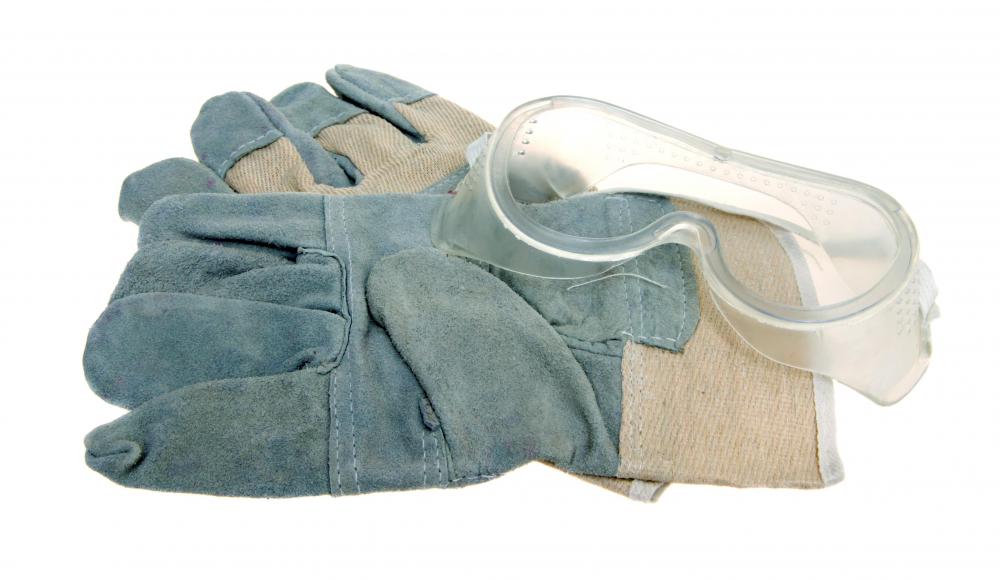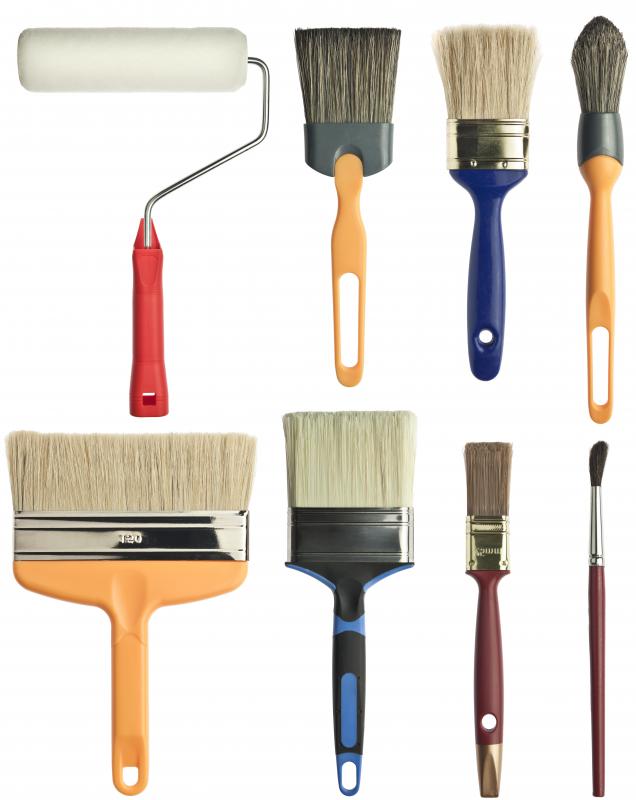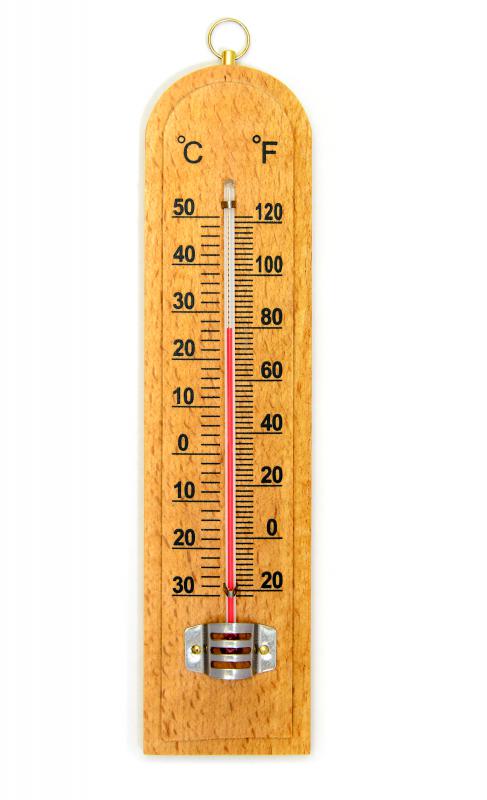At HomeQuestionsAnswered, we're committed to delivering accurate, trustworthy information. Our expert-authored content is rigorously fact-checked and sourced from credible authorities. Discover how we uphold the highest standards in providing you with reliable knowledge.
What is Contact Cement?
Contact cement is a powerful adhesive made of neoprene and synthetic rubber. It is highly resistant to moisture, bonds almost instantly, and requires no clamping of the bonded materials. This adhesive can be susceptible to deterioration, however, and it is not as effective when a powerful bond is required for a long period of time. It works best used with plastic, rubber, glass, leather, metal and veneer.
This type of adhesive is available in both a flammable and non-flammable form. Both are effective, but the non-flammable version is water-based and will not hold for long durations. When used on substances like veneer and leather, non-flammable cement causes the material to warp and curl at the edges. Flammable cement provides a stronger bond, but also produces vapors that can explode when exposed to an open flame. In most situations, flammable cement is the preferred choice, but users should always consider the environment in which it will be used before applying it.

Temperature and humidity are two important factors that affect the rate at which the cement solidifies. High temperatures cause the adhesive to bond more quickly, while low temperatures reduce the rate at which the liquid evaporates, resulting in slower drying. High humidity causes contact cement to dry less quickly, while low humidity speeds up the process. When precise placement is important, slower bonding is valuable, and allows plenty of time to position the objects before the cement is fully bonded. High temperatures and low humidity are ideal when time is short.

Users should clean and dry all surfaces before applying contact cement. Any particles or residue can cause the adhesive to adhere improperly, reducing its effectiveness. A brush or roller should be used to apply the cement to most objects to avoid potential skin contact. Users should coat both sides of the object with cement and press them together for at least 15 minutes to allow the adhesive to harden. Stray cement can be easily removed with nail polish remover, which breaks the chemical bonds.

The longer the lid is removed from the contact cement container, the more the adhesive inside will dry. The lid should only be opened when necessary, or the cement may solidify and become completely unusable. Users should always apply the cement in a well-ventilated area, as the fumes can be both toxic and flammable. Inhaling the fumes may cause irritation to the lungs, throat and nose. Eye protection and gloves should always be worn when handling or applying this adhesive.
AS FEATURED ON:
AS FEATURED ON:














Discussion Comments
What is the difference between contact cement and rubber cement?
Here's a great contact adhesive: Weicon GMK 2410. It has a 10 minute contact adhesion time.
The bottle of contact cement I just purchase today says to let the product dry completely on each piece before joining them and not to wait longer than 60 mins after dry time to join.
A quick note for business owners. If your employees use contact cement, you must have a contact cement MSDS sheet available.
Even though it could conceivably be seen as just another office supply, it is considered a powerful chemical, and has health risks associated with it, so an MSDS is required.
Make sure you don't get caught with your pants down on those MSDS sheets -- OSHA will bust you quicker than anything on those things!
What about those spray contact cements. Has anybody used those?
I wanted to use it for some artwork that I've been doing, but I wasn't sure how effective it is.
A friend told me that the 3M contact cement spray was pretty good -- does anybody know about that, or have any advice?
Great article -- I'd just like to add that if you're going to be doing a lot of work with a contact cement adhesive, it really is worth it to invest in a good contact cement solvent. Chances are you won't need it, but if you do need it, then you really, really need it.
Save yourself the time and trouble and pick some up along with your contact cement -- they're usually on the same shelf in most stores.
Post your comments